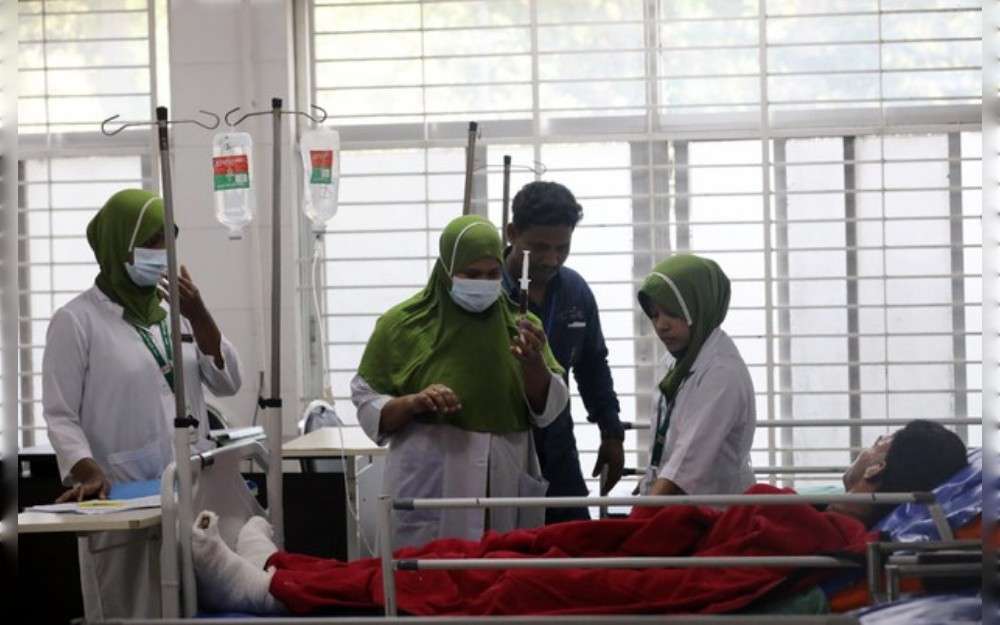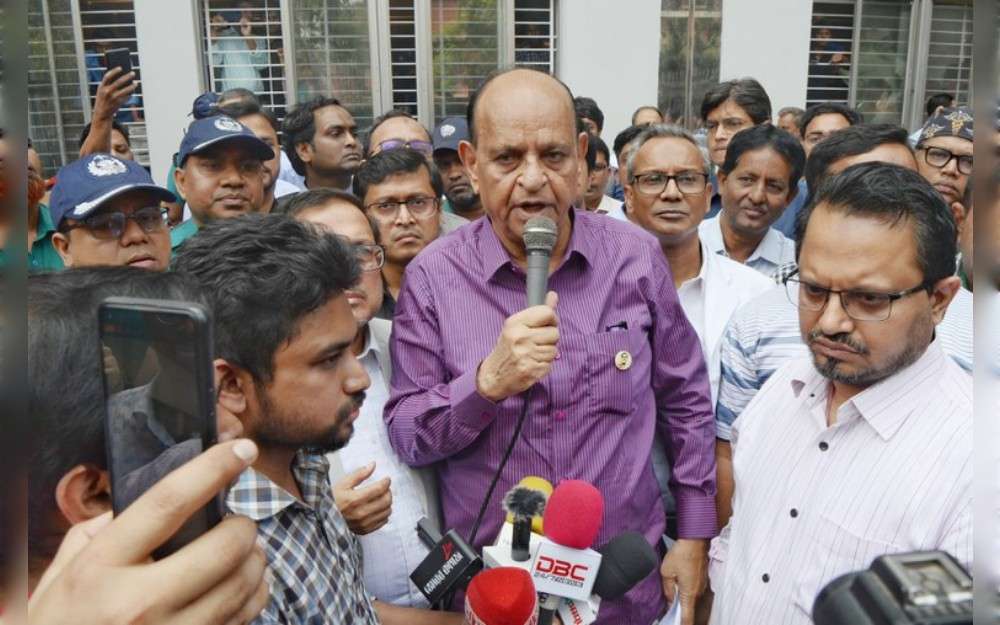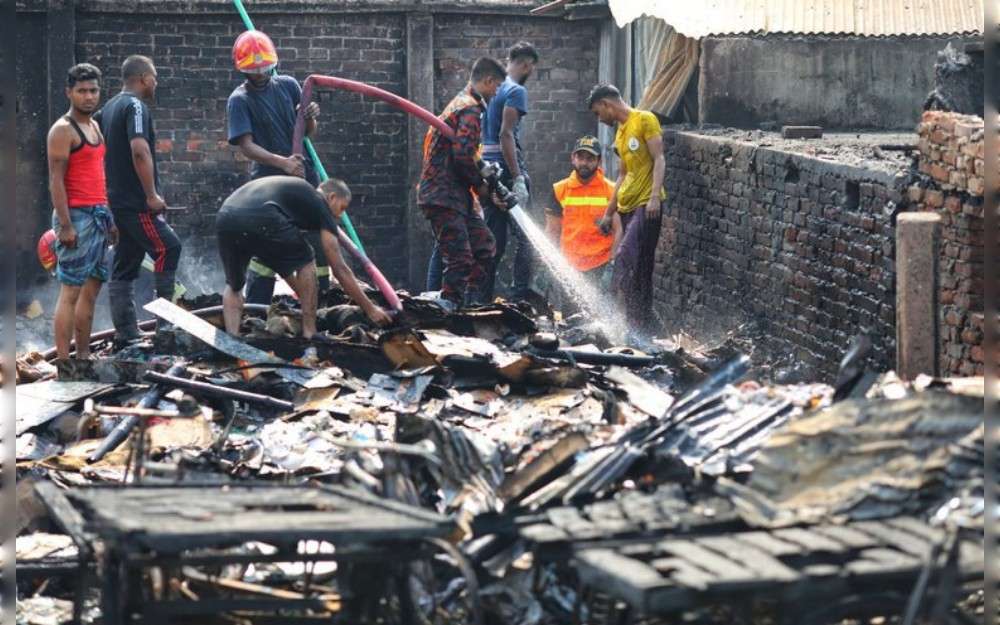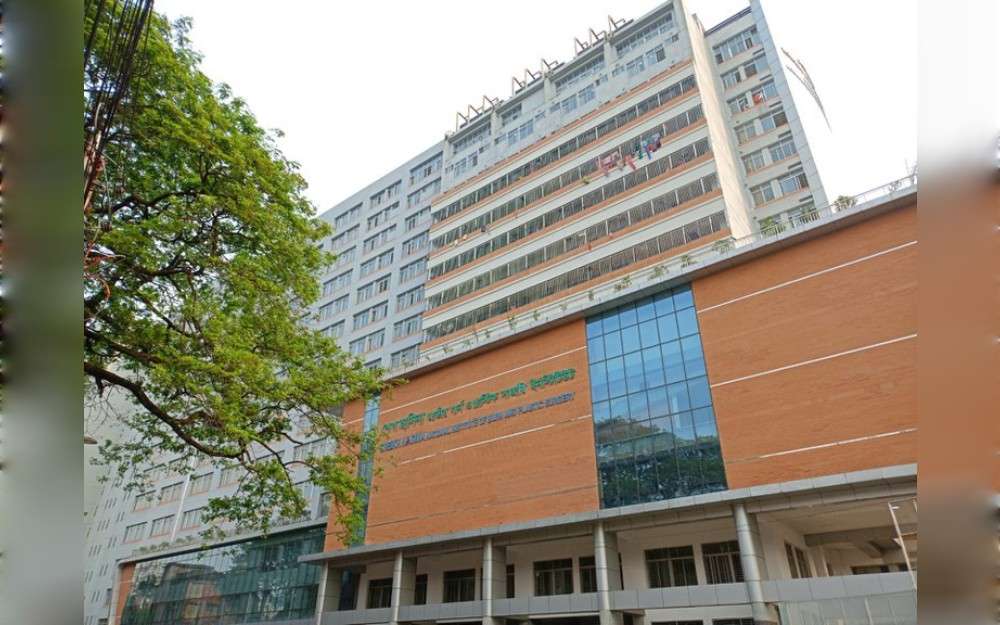Most patients have to travel hours to the capital Dhaka where two facilities are equipped to treat fire injuries.
Ahammad Foyez/Dhaka

Three people severely burned in an explosion at a shop in Bangladesh earlier this week had to be taken for treatment 18 miles (29 km) away to the capital Dhaka because there were no health facilities in Savar, the site of the blaze.
They were considered lucky, because other Bangladeshi burn victims have to travel even farther for treatment in a country where very few hospitals have specialty doctors or equipment to treat injuries by fire.
Meanwhile, statistics from the Department of Fire Service and Civil Defense show that fires are increasing in Bangladesh, but few hospitals around the country have added burn units staffed with experts. That forces the injured to travel all the way to the capital, where there are specialty hospitals.
“[F]or burn patients, the experience is truly horrifying,” Rashid-e-Mahbub, chairman of the Bangladesh Health Rights Movement, told BenarNews.
“The situation of the health sector in the country is such that everything is centered in Dhaka.”
Health Minister Samanta Lal Sen, a renowned burn and plastic surgeon appointed after the Jan. 7 general election, concurred.
“It is true that Dhaka is still the mainstay of treatment for burn patients,” Sen told BenarNews, adding that other hospitals could not ensure patients that they would get proper treatment.

Dhaka houses the 500-bed Sheikh Hasina National Institute of Burn and Plastic Surgery, named after Prime Minister Sheikh Hasina. The 300-bed Burn and Plastic Surgery Unit of Dhaka Medical College Hospital treats around 600,000 burn patients a year.
These may not help many patients whose burns need urgent treatment.
Minister Sen said the first 24 hours after being injured by fire are the “golden hours” for burn patients.
“If the patient is brought to the hospital after that and has more than 50% burns, or if the trachea is affected, [the injuries] become life-threatening,” the minister said.
“[For instance] if a person gets burned in Panchagarh district [257 miles, or 413 km, from the capital], and has to rush to Dhaka for treatment, it [is] a terrible situation.”
Nearly 3,000 people die annually on average in Bangladesh from burn-related injuries, according to a study conducted in 2016 by the National Institute of Burn and Plastic Surgery in Dhaka.

While burn units have been set up in hospitals across the country, many of them lack equipment, Sen said.
Take the case of the Burn and Plastic Surgery Unit, which was started eight years ago at Sher-e-Bangla Medical College Hospital in Barisal, southcentral Bangladesh. The burns unit however lacks doctors and equipment, said hospital Director Md. Saiful Islam, so patients with even moderate burns are referred to Dhaka, which is 113 miles (183 km) away.
A hospital in southwestern Bangladesh that similarly added a burn unit faces the same problems, Deputy Director Hussain Shafayat told BenarNews.
“A 20-bed burn and plastic surgery unit was opened in Khulna Medical College Hospital in 2014, but critical patients have to be referred to Dhaka due to the lack of Intensive Care Unit,” he said.
Victim still suffering
Masudur Rahman, a resident of southeastern Bangladesh’s Lakshmipur district who suffered burns in 2021, is still paying the price for this geographical disparity.
Lakshmipur is about 87 miles (141 km) from Dhaka.
“I was burned from my chest to my feet. Locals and relatives took me to a local government hospital. I had to wait for about six hours to receive first aid, after which I was sent to Dhaka,” Rahman told BenarNews.
“On arrival in Dhaka, the ambulance driver … took me to a private hospital. The bill came to around 150,000 taka (U.S. $1,367) for three days, but my situation was not improving,” he said.
Later, a relative took him to the Dhaka Medical College Hospital where he received proper treatment, he said.
“But since I was too late in reaching this hospital, I still have a scar on my body that will never heal on its own,” he said.
Spending on fire safety measures
Meanwhile, the fire department reported 27,624 fire incidents in 2023, up from 24,102 the year before and 21,601 in 2021.
Two recent major fires killed more than 60 people.
A blaze in a seven-story building on Dhaka’s Bailey Road in February killed 46 people, and 17 were killed in a gas cylinder fire in Gazipur a month later. In the former incident, a fire official said, the building that housed restaurants and retail shops was constructed with a single staircase and no fire exits.

Brig. Gen. Md Main Uddin, the fire department’s director, said people do not want to spend money on fire safety.
“At the same time, if an accident occurs, there is a lack of prior planning on how to treat it,” he told BenarNews.
“To reduce the incidence of fires, people need to emphasize building safety and be aware of what to do after an incident.”
Rashid-e-Mahbub, the chair of the health rights movement, is somewhat optimistic the specialty hospitals situation might improve with the new health minister, who has said the government plans to build burn units in every district of the country.
“The current health minister is sincere about the issue,” Rashid-e-Mahbub said.
“Maybe this time there will be some improvement in this sector.”
Copyright ©2015-2024, BenarNews. Used with the permission of BenarNews.













